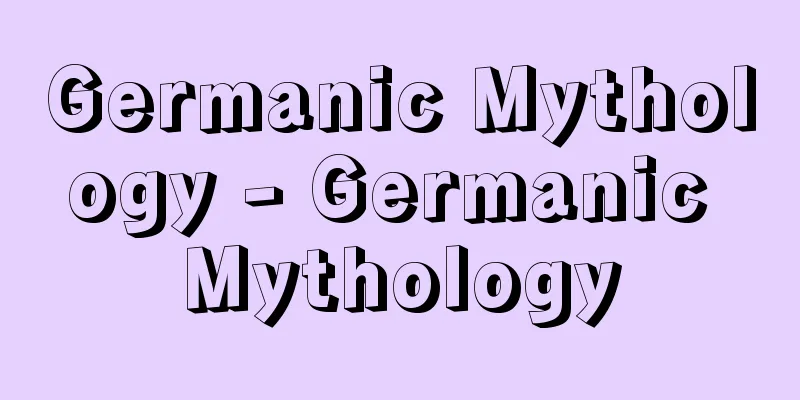Experts' Conference on the Form of Utari Measures - Experts' Conference on the Form of Utari Measures

|
During this time, in August 1994, Shigeru Kayano became the first Ainu member of parliament to enter the House of Councillors. In light of these new trends, the Japanese government established the "Council of Experts on the Form of Utari Measures" as a private advisory body to the Chief Cabinet Secretary (Kozo Igarashi) in March 1995, and the "Council" submitted a report to the Chief Cabinet Secretary on April 1, 1996. The main points of the resolution were: (1) to repeal the Hokkaido Former Aborigines Protection Act and the Asahikawa City Former Aborigines Protection Land Disposition Act (stating that the term "former aborigines" is inappropriate and that both laws have lost their raison d'être), (2) that "when viewed historically, at least from the end of the Middle Ages," "it cannot be denied that the Ainu people were the original inhabitants of Hokkaido," and that, in light of the current situation in which "the sense of belonging to the ethnic group continues to flow, and many people, based on ethnic pride and dignity, are working as individuals or in groups to preserve, pass on, and study the Ainu language and traditional culture," "the Ainu people in our country should be considered to continue to maintain their ethnic identity, and it cannot be foreseen that this identity will be lost in the near future" (the Ainu (3) "Ainu culture is not only valuable as a historical heritage, but its use and development in the present day is a testament to the diversity and richness of our country's culture, and in particular the rich wisdom nurtured in our relationship with nature is a property that should be widely shared by people around the world." (4) For this reason, new policies must be implemented, and in that case, the term "Utari" must be changed to "Ainu." Specifically, policies based on the following four pillars must be implemented: (a) promotion of comprehensive and practical research on the Ainu, (b) promotion of Ainu culture, including the Ainu language, (c) restoration of traditional living spaces, and (d) promotion of understanding of the Ainu and Ainu culture. At the same time, legislative measures must be taken to realize (a)-(d). *The following is an explanation of terms used in reference to the "Expert Panel on Measures for the Utari People's Relations." Source | Heibonsha World Encyclopedia 2nd Edition | Information |
|
…この間,94年8月にはアイヌ民族の最初の国会議員として萱野茂が参議院に登院した。 このような新たな動向のなかで,日本政府は95年3月,内閣官房長官(五十嵐広三)の私的諮問機関として〈ウタリ対策のあり方に関する有識者懇談会〉を設置し,同〈懇談会〉は翌96年4月1日,官房長官に報告書を提出した。その主な内容は,(1)〈北海道旧土人保護法〉〈旭川市旧土人保護地処分法〉を廃止すること(〈旧土人〉という用語は不適切で,両法は現在その存在意義を失っているとした),(2)〈アイヌの人々〉は〈少なくとも中世末期以降の歴史の中でみると〉,〈北海道に先住していたことは否定できない〉こと,また現在も〈民族としての帰属意識が脈々と流れており,民族的な誇りや尊厳のもとに,個々人として,あるいは団体を構成し,アイヌ語や伝統文化の保持,継承,研究に努力している人々も多い〉という状況にかんがみれば,〈我が国におけるアイヌの人々は,引き続き民族としての独自性を保っているとみるべきであり,近い将来においてもそれが失われると見通すことはできない〉こと(アイヌを先住民族として認知した),(3)〈アイヌ文化は,歴史的遺産として貴重であるにとどまらず,これを現代に生かし,発展させることは,我が国の文化の多様さ,豊かさの証となるものであり,特に自然とのかかわりの中で育まれた豊かな知恵は,広く世界の人々が共有すべき財産である〉こと,(4)そのため,新たな施策を展開する必要があるが,その場合,〈ウタリ〉という呼称を〈アイヌ〉に改め,具体的には,(a)アイヌに関する総合的かつ実践的な研究の推進,(b)アイヌ語を含むアイヌ文化の振興,(c)伝統的生活空間の再生,(d)アイヌやアイヌ文化に関する理解の促進,の4点を柱とした施策を推進するとともに,(a)~(d)を実現するための立法措置を講じること,等であった。… ※「ウタリ対策のあり方に関する有識者懇談会」について言及している用語解説の一部を掲載しています。 出典|株式会社平凡社世界大百科事典 第2版について | 情報 |
<<: Utari no Tsu - Utari no Tsu
Recommend
Scent brushes
…They fly slowly. In addition to having scent sca...
Spiral pattern - Uzumakimonyo
…In a broad sense, it refers to the spiral or scr...
Gosai-e
Also called "Misaie." This was a Buddhi...
Colored glaze
Glazes of various colors used to paint pictures an...
counter-pastoral
...This is probably why many excellent pastorals,...
Vivarini, B.
…A family of 15th-century Venetian painters. They...
Turquino, Pico (English spelling) TurquinoPico
… [Nature] About 60% of the country's land ar...
Newgate Prison - Newgate Prison
A prison located in the City of London, England. E...
Hilar lymph node tuberculosis
This is the most common type of early tuberculosi...
Shikinejima
A small volcanic island in the Izu Islands, Tokyo...
Hui Lán Jì (English: Hui Lán Jì)
A Chinese play from the Yuan Dynasty written by Li...
Orcagna, N. - Orcagna
…Italian painter, sculptor, and architect. His br...
Osugi Shrine
...This is thought to be connected to the phenome...
Vimalakirti-nirdeśa-sūtra (English spelling)
…One of the Mahayana Buddhist scriptures. Origina...
Iwayakei
…Mt. Yataka is a typical lava dome, and the natur...









